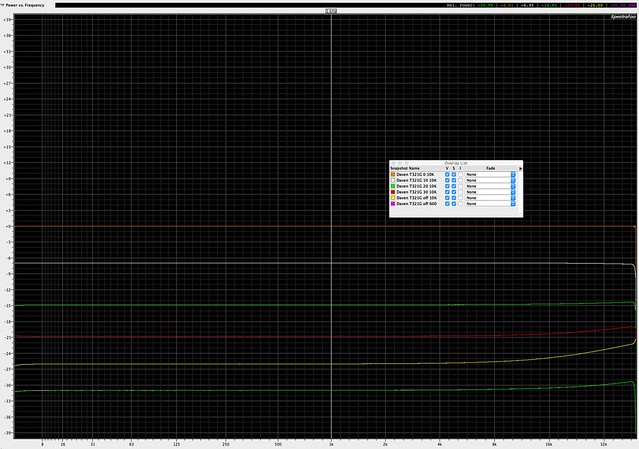Let's hear some theories. I certainly hope there's no 'mistake' in the measurements, and can't think of a thing that would surface during attenuation that wouldn't also surface without it, or at moderate levels.
I'll look at it again, and some other examples when I can.
It's a typical setup, MOTU 16A through 25 feet of balanced wire to a patchbay, out to the DOT, back into patchbay through another 25 feet of wire to the 16A. I've seen it on other amps, in different eras with different converters, shorter more direct wire runs, etc.
I can also look on my AP ATS-1.
Jeff, curious what you see below -31dB (8 o'clock). What's it look like fully counterclockwise (7 o'clock)?
I'll look at it again, and some other examples when I can.
It's a typical setup, MOTU 16A through 25 feet of balanced wire to a patchbay, out to the DOT, back into patchbay through another 25 feet of wire to the 16A. I've seen it on other amps, in different eras with different converters, shorter more direct wire runs, etc.
I can also look on my AP ATS-1.
Jeff, curious what you see below -31dB (8 o'clock). What's it look like fully counterclockwise (7 o'clock)?










